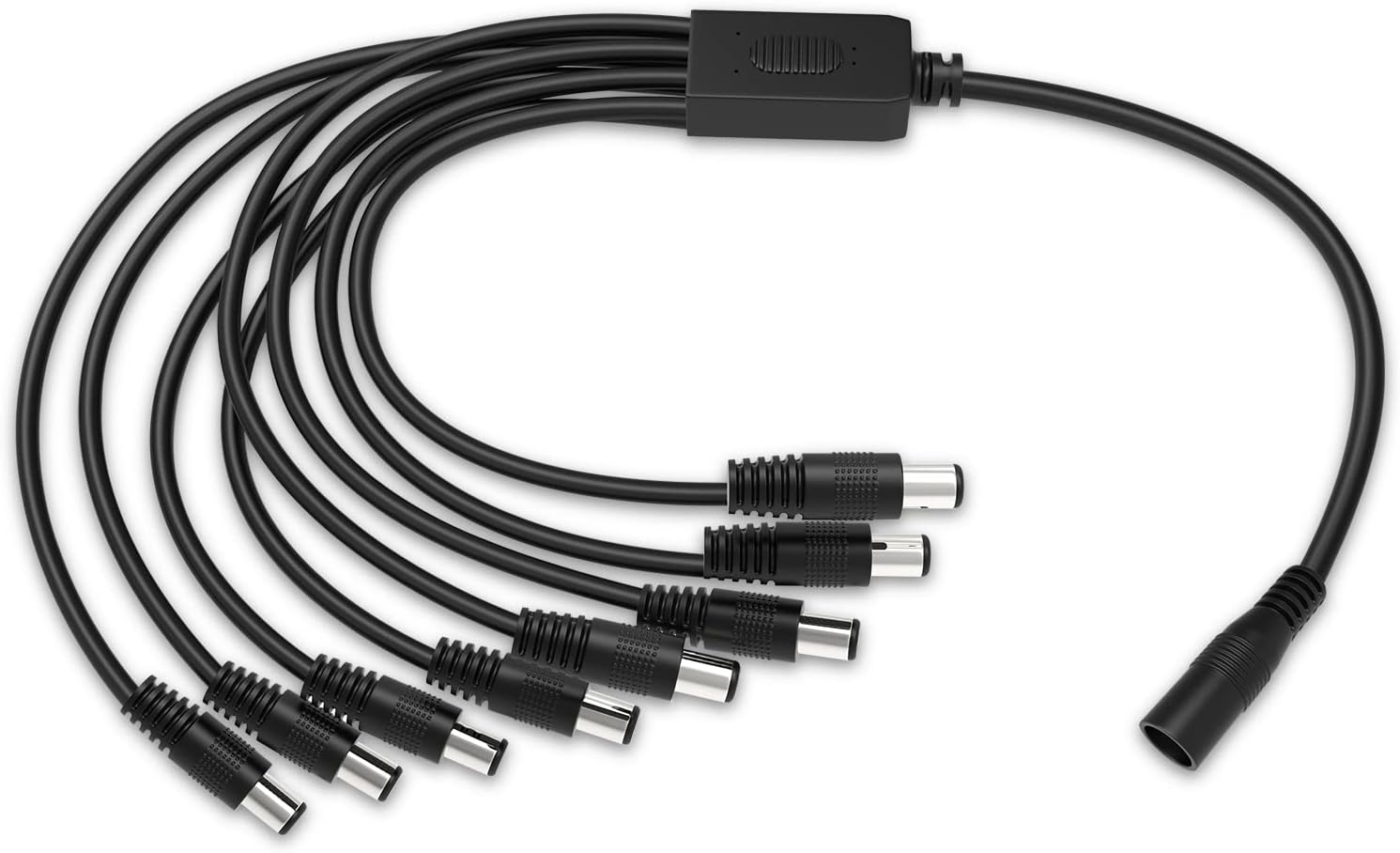Understanding RF Cable and Its Importance
RF cables, or radio frequency cables, play a crucial role in signal transmission across various applications, including telecommunications, broadcasting, and data networking. These cables are designed to carry high-frequency signals while minimizing loss and interference. Unlike standard electrical cables, RF cables feature specialized shielding to prevent signal degradation, making them indispensable in industries where signal integrity is paramount.
The demand for high-quality RF cables continues to grow as wireless communication and high-speed data transfer become essential in modern technology. Industries such as aerospace, defense, and medical equipment manufacturing rely on RF cables for seamless connectivity. Choosing the right cable ensures optimal performance, making it vital to understand the different types and specifications available in the market.
Types of RF Cable and Their Applications
Various types of RF cables are available, each designed for specific applications. Selecting the appropriate cable depends on factors such as frequency range, impedance, and shielding effectiveness.
- Coaxial RF Cables
Coaxial cables are the most commonly used RF cables, consisting of a central conductor, dielectric insulation, shielding, and an outer jacket. These cables are used in television broadcasting, internet connectivity, and radio communications. Popular variants include RG-6, RG-11, and RG-58, each offering unique advantages based on application needs. - Semi-Rigid RF Cables
Semi-rigid cables provide excellent performance due to their solid outer conductor, which enhances shielding and reduces interference. These cables are often used in aerospace and military applications where high precision and minimal signal loss are required. - Flexible RF Cables
Designed for applications where movement and flexibility are essential, flexible RF cables are commonly used in test equipment and portable communication systems. Their braided shielding ensures durability while maintaining low signal loss. - Low-Loss RF Cables
Low-loss RF cables, such as LMR-400, provide superior signal transmission with minimal attenuation. These cables are ideal for high-frequency applications, including cellular networks and satellite communications.
Choosing the Right RF Cable Manufacturers
Selecting a reliable RF cable manufacturer is essential for ensuring product quality and performance. With numerous manufacturers in the market, it is crucial to consider factors such as material quality, industry standards, and customer reviews.
- Quality Standards and Certifications
High-quality RF cables should meet industry standards such as MIL-C-17, IEC, or RoHS compliance. Reputable manufacturers adhere to these certifications, guaranteeing durability and efficiency. - Customization and Specifications
Different applications require specific cable lengths, impedance, and shielding properties. Leading manufacturers offer customization options, allowing businesses to select cables tailored to their needs. - Customer Support and Technical Assistance
A reliable manufacturer provides comprehensive customer support, including technical guidance and after-sales services. This ensures seamless integration of RF cables into various applications. - Cost vs. Performance
While cost is an important factor, prioritizing performance and longevity over price leads to better investment returns. High-performance cables reduce maintenance and replacement costs over time.
Advantages of Using High-Quality RF Cables
Investing in premium RF cables provides several benefits that enhance signal transmission and overall system performance.
- Minimized Signal Loss
High-quality RF cables feature superior shielding and low-attenuation materials, reducing signal loss over long distances. This ensures reliable data transfer and communication. - Enhanced Interference Protection
Electromagnetic interference (EMI) and radio frequency interference (RFI) can degrade signal quality. Advanced shielding in RF cables minimizes these disruptions, maintaining consistent performance. - Durability and Longevity
Weather-resistant and ruggedized RF cables withstand extreme conditions, making them ideal for outdoor and industrial applications. High-quality insulation materials prevent wear and tear, extending the cable’s lifespan. - High-Frequency Performance
Certain applications, such as 5G networks and satellite communications, require cables capable of handling high frequencies. Premium RF cables support these requirements, ensuring optimal connectivity.
Future Trends and Innovations in RF Cables
The evolution of wireless communication and emerging technologies continue to drive advancements in RF cable design and manufacturing. Several trends shape the future of RF cables, influencing their development and application.
- 5G and High-Speed Data Transmission
The rapid expansion of 5G networks demands RF cables with lower attenuation and higher frequency capabilities. Innovations in cable materials and design enhance signal integrity for faster, more reliable data transmission. - Eco-Friendly and Sustainable Materials
With increasing environmental concerns, manufacturers are focusing on sustainable materials that reduce carbon footprints. Lead-free shielding and recyclable components are becoming standard in RF cable production. - Integration with Smart Technology
Smart cities and IoT (Internet of Things) applications rely on RF cables for data exchange. Future advancements will focus on improving cable efficiency to support interconnected systems seamlessly. - Enhanced Shielding for Minimal Interference
As RF environments become more crowded, advancements in shielding technology will ensure minimal signal disruption, maintaining stable and efficient communication.
Conclusion
RF cables remain a vital component in modern communication and data transmission. Selecting the right type and manufacturer ensures optimal performance, whether for telecommunications, broadcasting, or industrial applications. As technology advances, the demand for high-quality, durable, and interference-resistant RF cables will continue to rise. Understanding these cables’ specifications, applications, and future trends enables businesses and individuals to make informed decisions, ensuring seamless connectivity in an increasingly wireless world.



